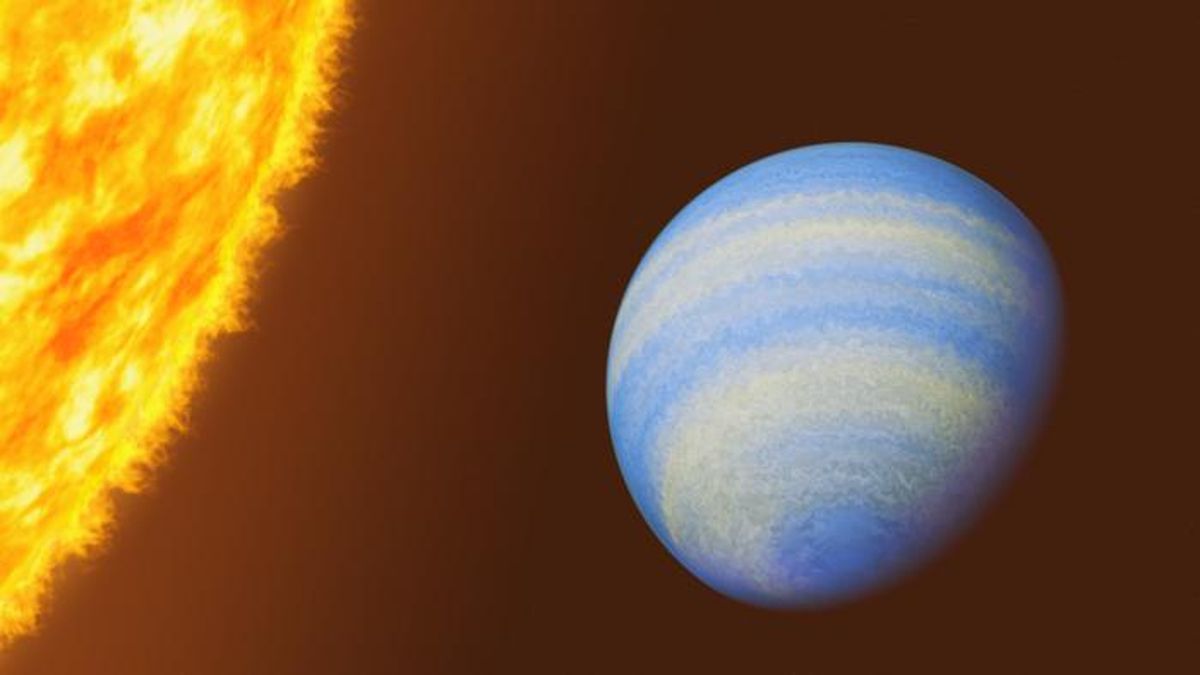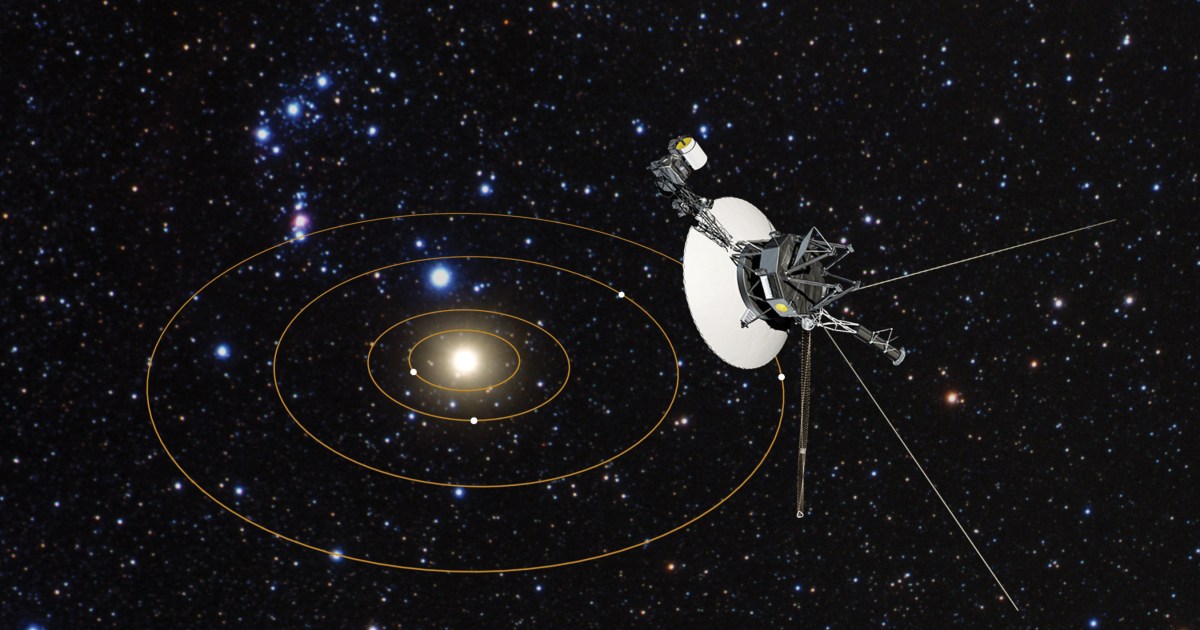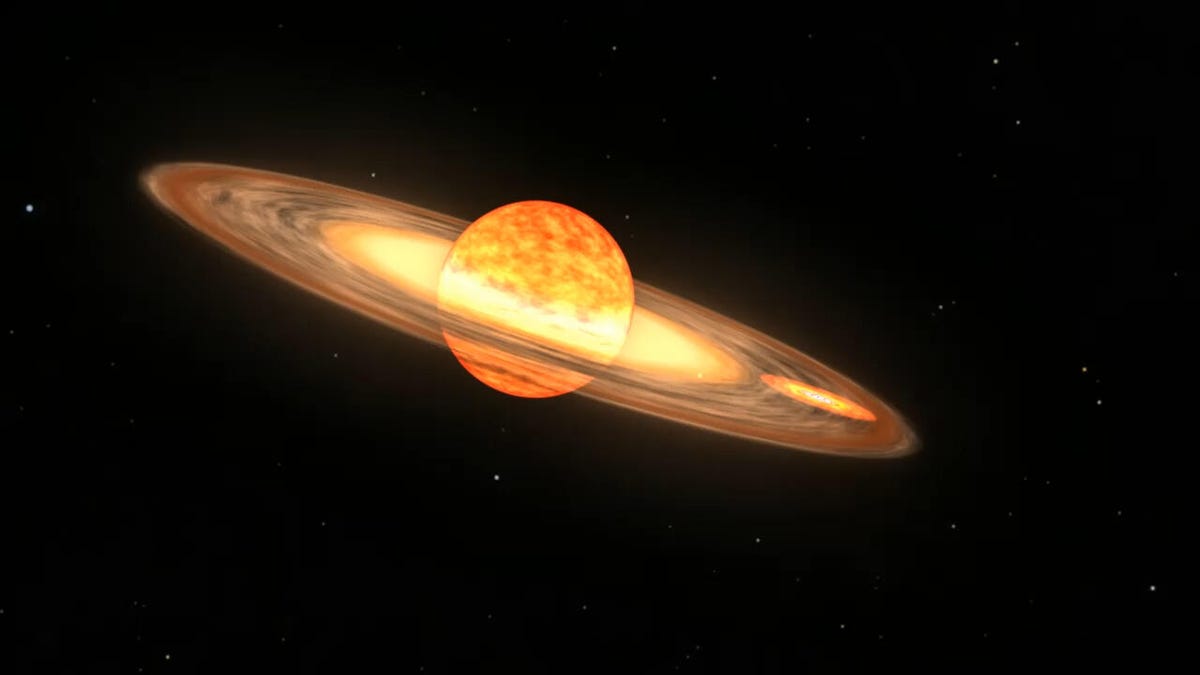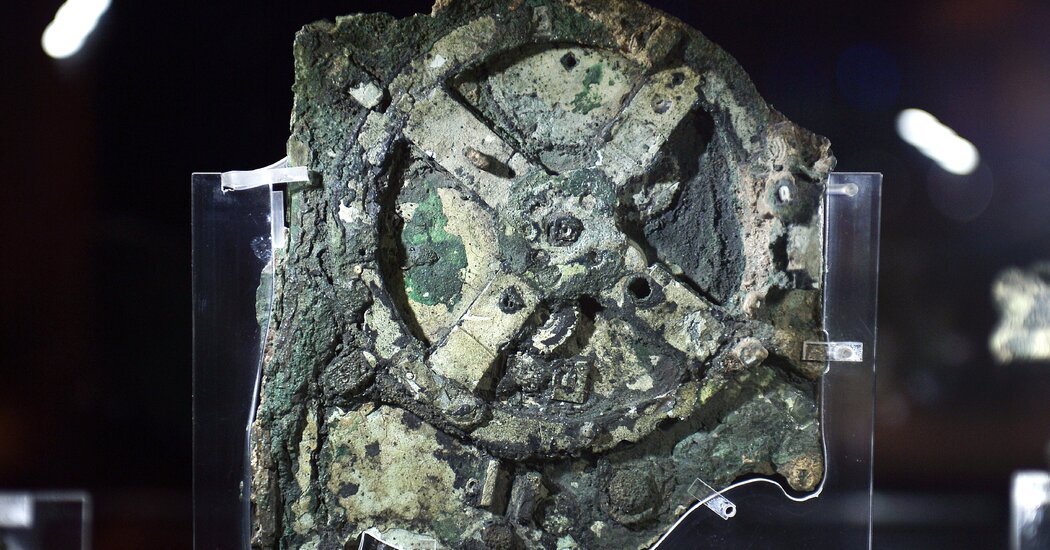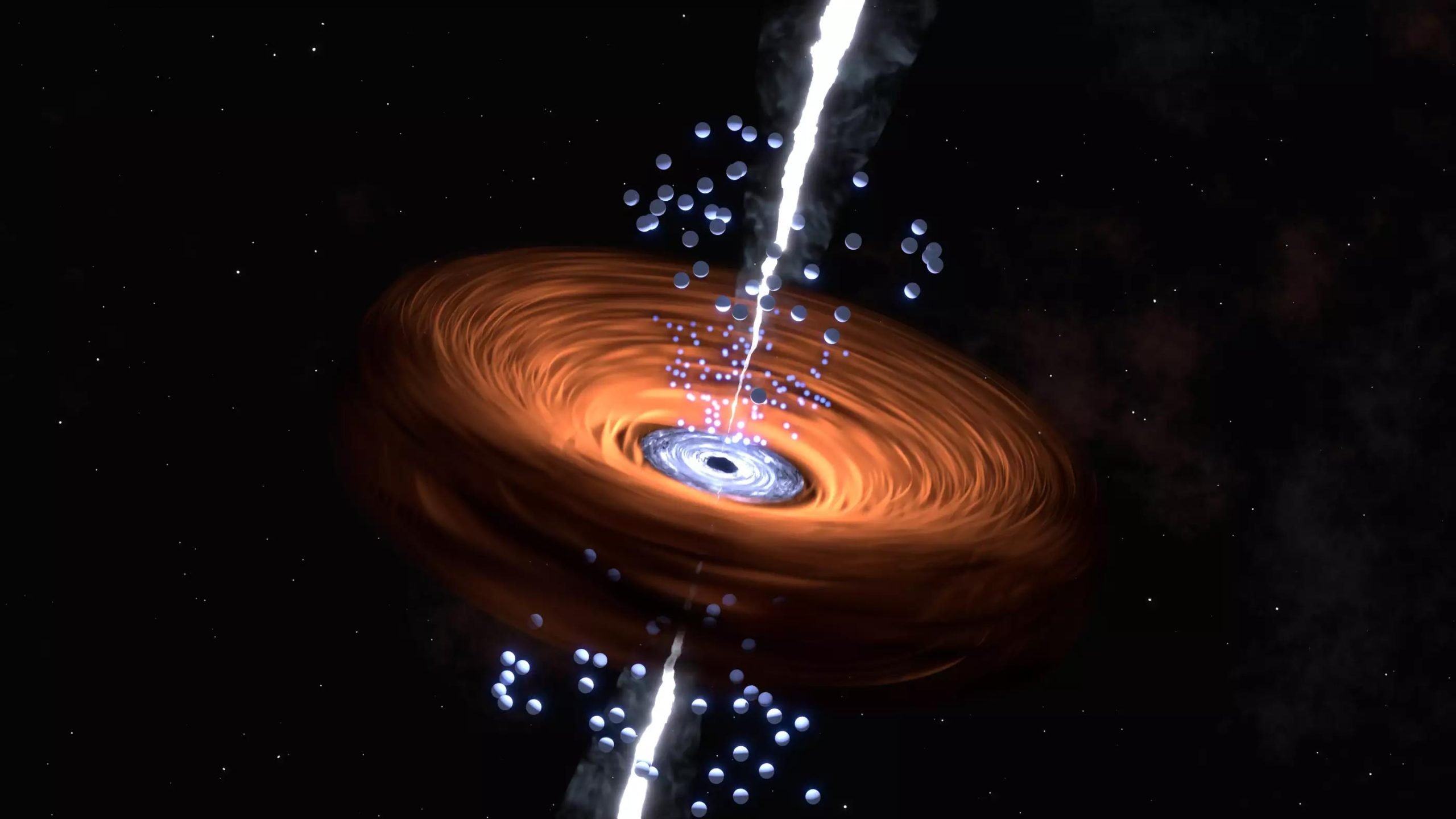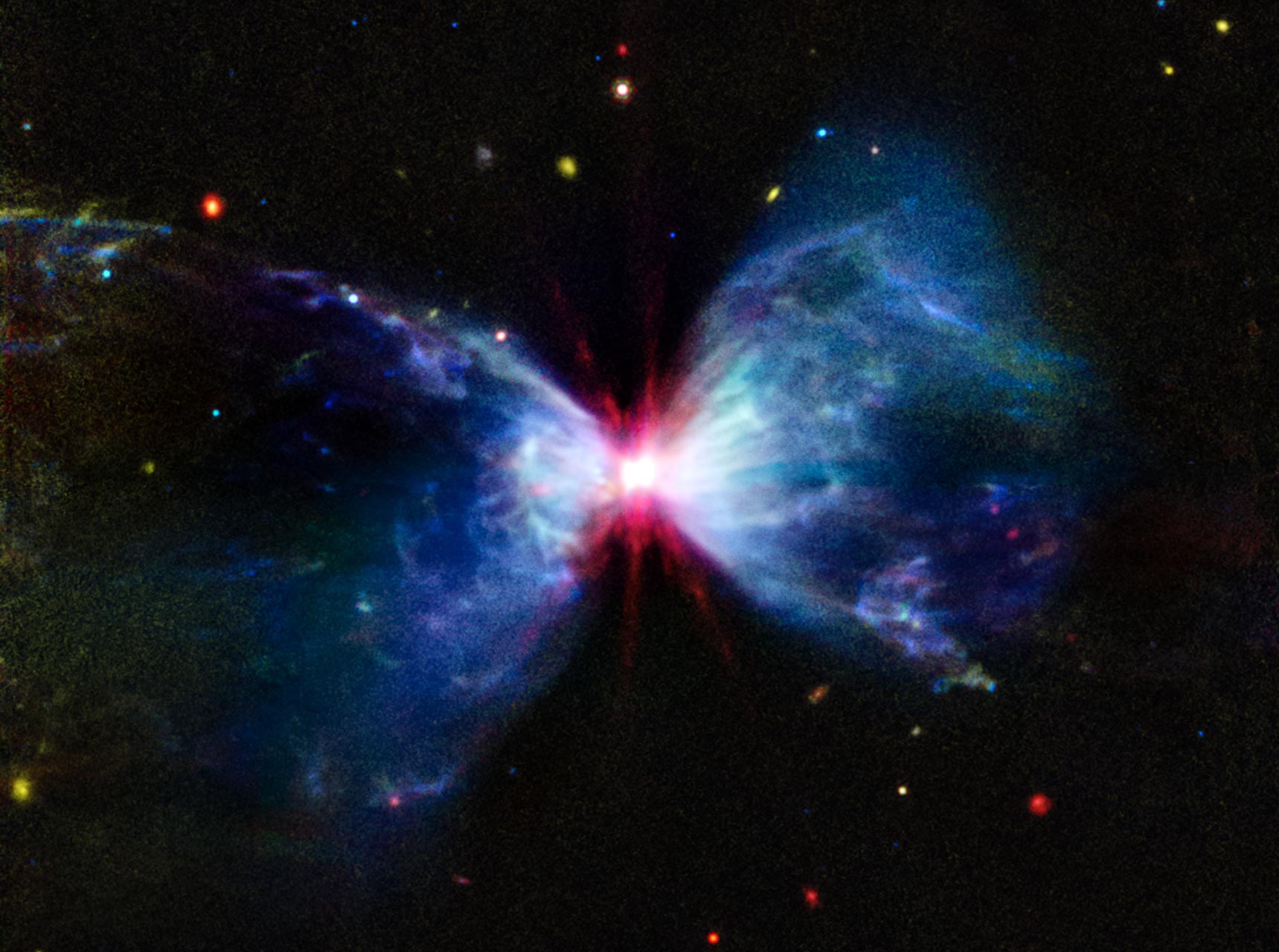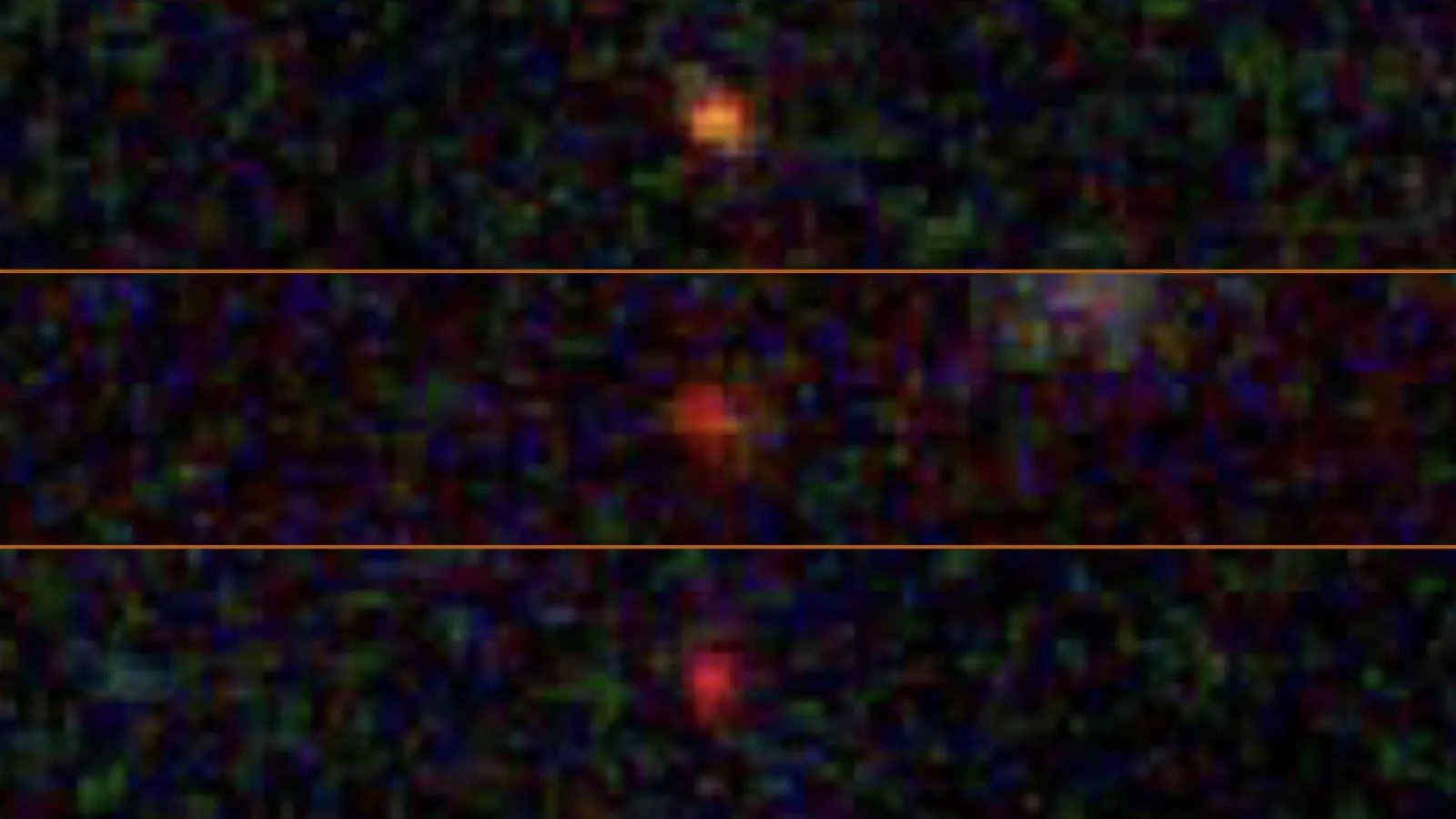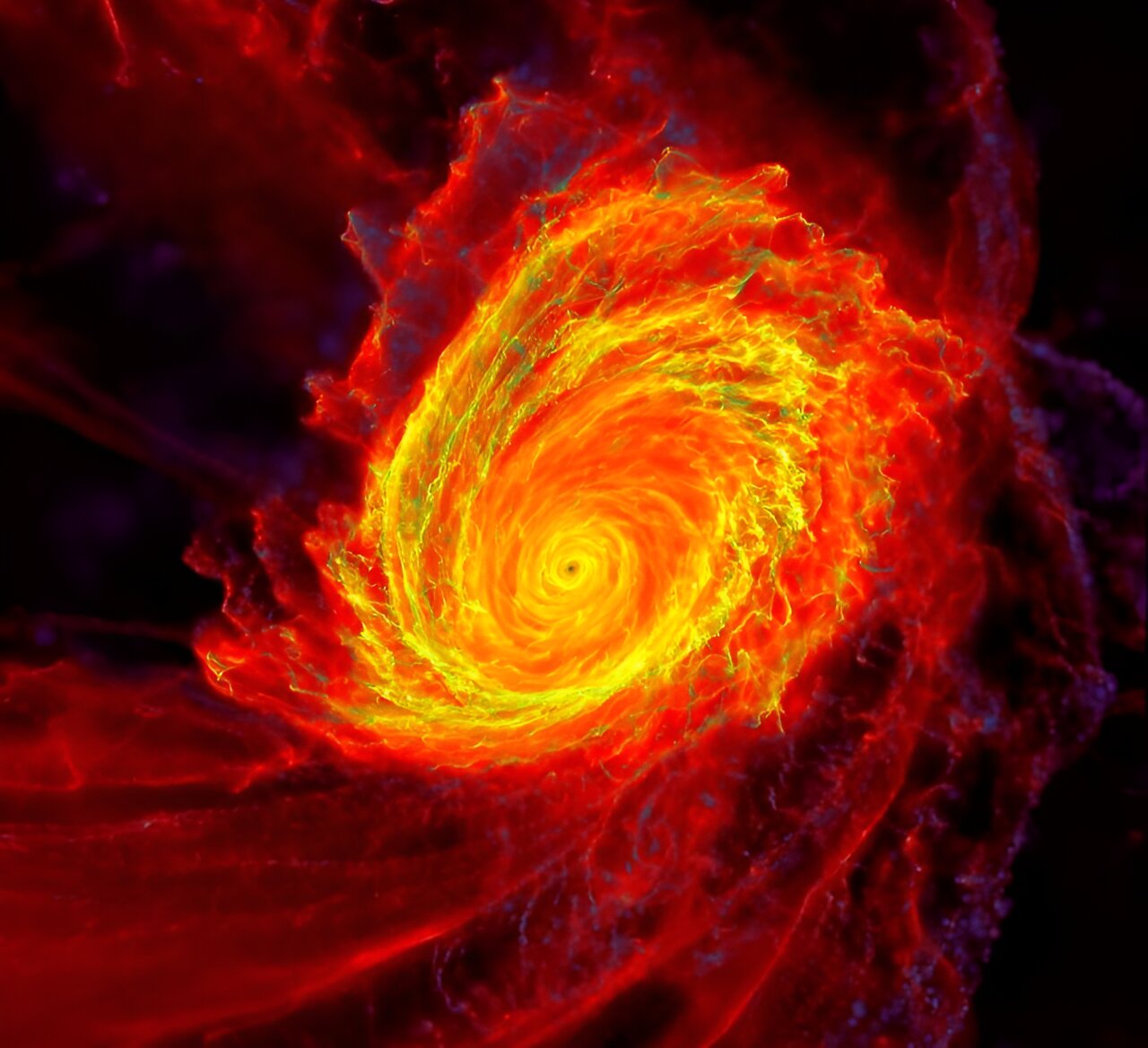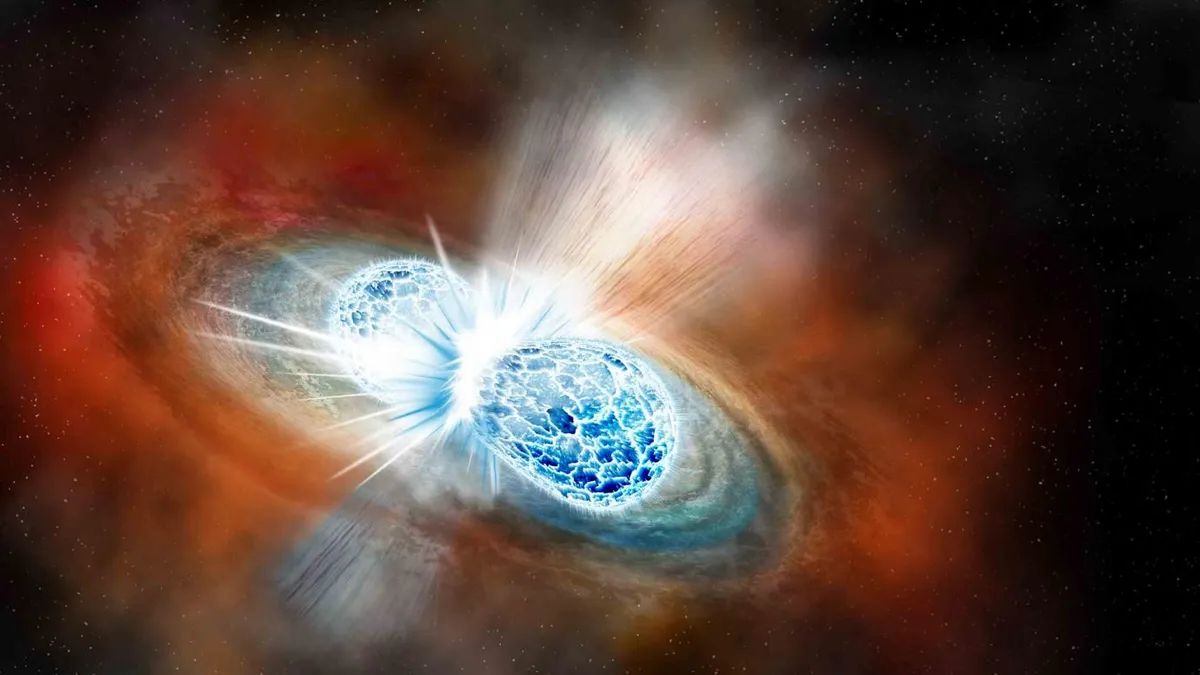James Webb telescope reveals rare ‘rotten egg’ atmosphere around nearby cosmic planet
A hellish planet with a “hot Jupiter” relatively close to Earth would probably smell like rotten eggs if we ever made the trip there, new data from the James Webb Space Telescope (JWST) reveals. HD 189733 b is a gas giant located about 64 light-years away in the constellation Vulpecula. It orbits extremely close to … Read more
